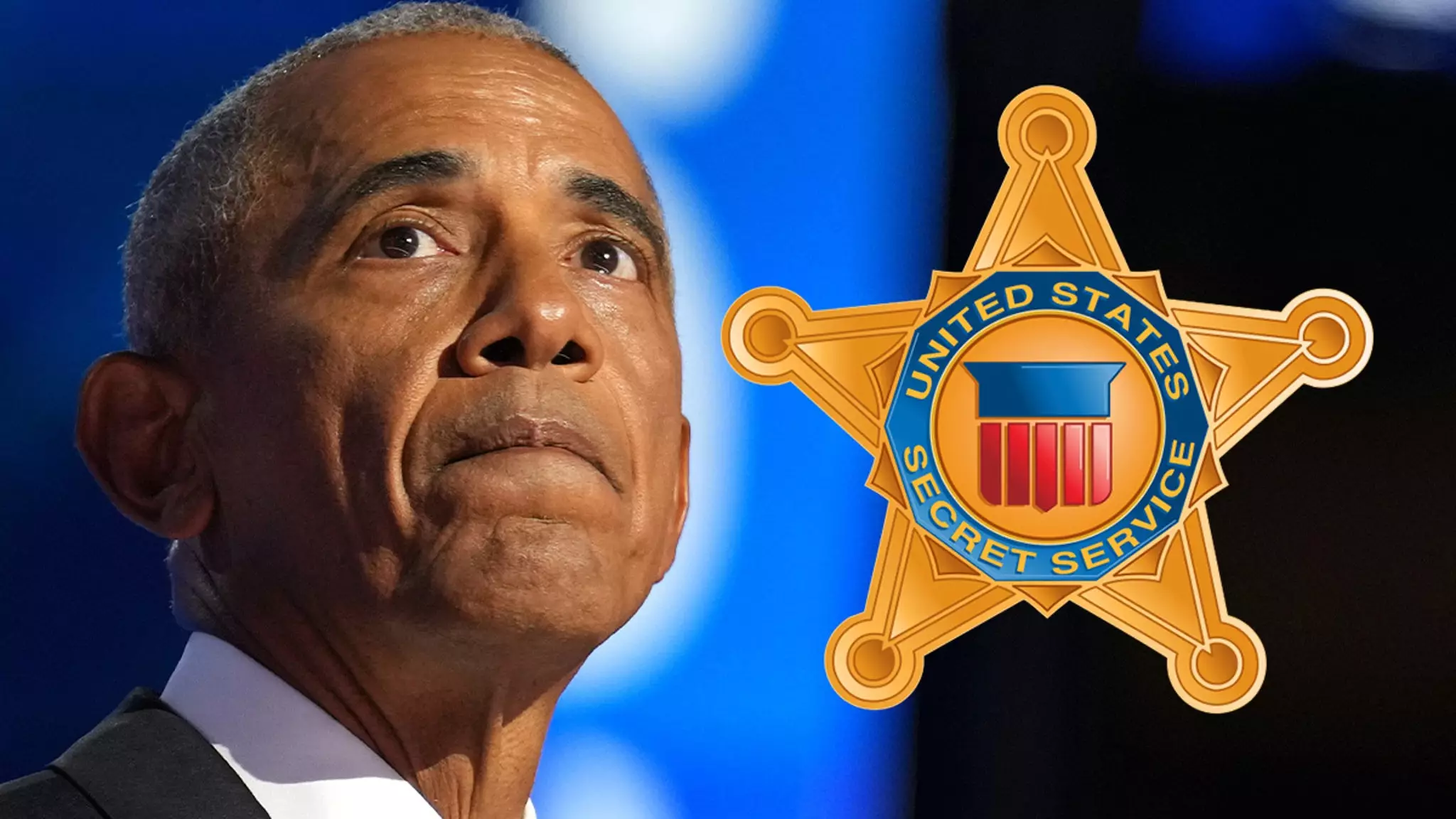The recent incident involving former President Barack Obama and an armed security guard has caused significant public concern regarding the efficacy of the United States Secret Service. During a routine outing, a lapse in security protocol allowed an armed individual to approach Obama’s vehicle parked outside a popular restaurant in Hollywood, stirring debates across media platforms about the persistent vulnerabilities in protective measures surrounding such high-profile figures.
Details of the Incident
On a Saturday evening, an armed security guard, who was overseeing a nearby celebration, stumbled upon the former president while he was engrossed in work on a laptop inside his SUV. This encounter occurred outside the esteemed Mother Wolf restaurant at approximately 7:30 PM. The security personnel, initially unaware of Obama’s presence, approached the vehicle out of curiosity, only to realize the gravity of his situation upon catching sight of the former leader. His testimony reveals that upon realizing he was armed in close proximity to a former president, a sense of panic ensued, prompting him to retreat hastily from the surroundings.
The implications of this interaction extend beyond a mere slip in vigilance; it raises substantial questions regarding the procedures and assumptions underpinning Secret Service operations. The guard’s account underscores an alarming absence of vigilance during a critical moment, particularly for an individual as prominent as Obama. Given the extensive training that Secret Service personnel undergo, this incident is nothing short of a wake-up call for evaluating protective strategies in increasingly unpredictable circumstances.
This incident has not gone unchallenged, with the Secret Service responding to the situation with a statement asserting that no protectees were at risk at any time during the guard’s approach. Their position that the event was “inaccurate” and that the photograph taken by the guard was captured upon departure emphasizes the agency’s desire to distance themselves from the threat posed. However, the complexity of this narrative is compounded by eyewitness accounts that highlight the alarming nature of the encounter.
Furthermore, the unintentional proximity of an armed individual to Obama serves as disturbing evidence of systemic flaws in the security infrastructure designed to protect U.S. leaders. This incident is particularly resonant, considering the broader concerns about recent threats faced by former administrations, most notably the assassination attempts against Donald Trump which had come to light just months before the Obama incident. This reveals a troubling trend in which lapses seem to coincide with periods of heightened scrutiny and responsibilities expected of the Secret Service.
Public and media responses to this situation have ranged from outrage to concern, with many questioning the competence of those entrusted with presidential protection. Comments from the eyewitness, including observations about the apparent embarrassment felt by Secret Service agents present, sparked an intense discussion about accountability and the standards of conduct expected from such a critical agency. Given the historical precedence of security incidents involving high-profile figures, there is a growing demand for a thorough investigation into procedures, personnel training, and readiness to respond to potential threats.
The tension between the expectations of public safety and the realities of human error underscores an unsettling paradox within the Secret Service. As layers of bureaucracy often complicate swift and effective action, a call for reform and improvement is imperative for restoring faith in the agency’s ability to safeguard those under their protection.
The recent encounter involving Barack Obama and an armed security guard elucidates significant shortcomings in the protective logistics employed by the Secret Service. With the escalating concern for the safety of former presidents, and in light of recent violent incidents, it is evident that a reassessment of security protocols is necessary. It is crucial for the Secret Service to address these alarming incidents, re-evaluate their strategies, and enhance preventive measures to avoid future oversights. The safety and security of former leaders should remain a primary focus, and strategies must be adapted to the evolving landscape of potential threats.

Leave a Reply